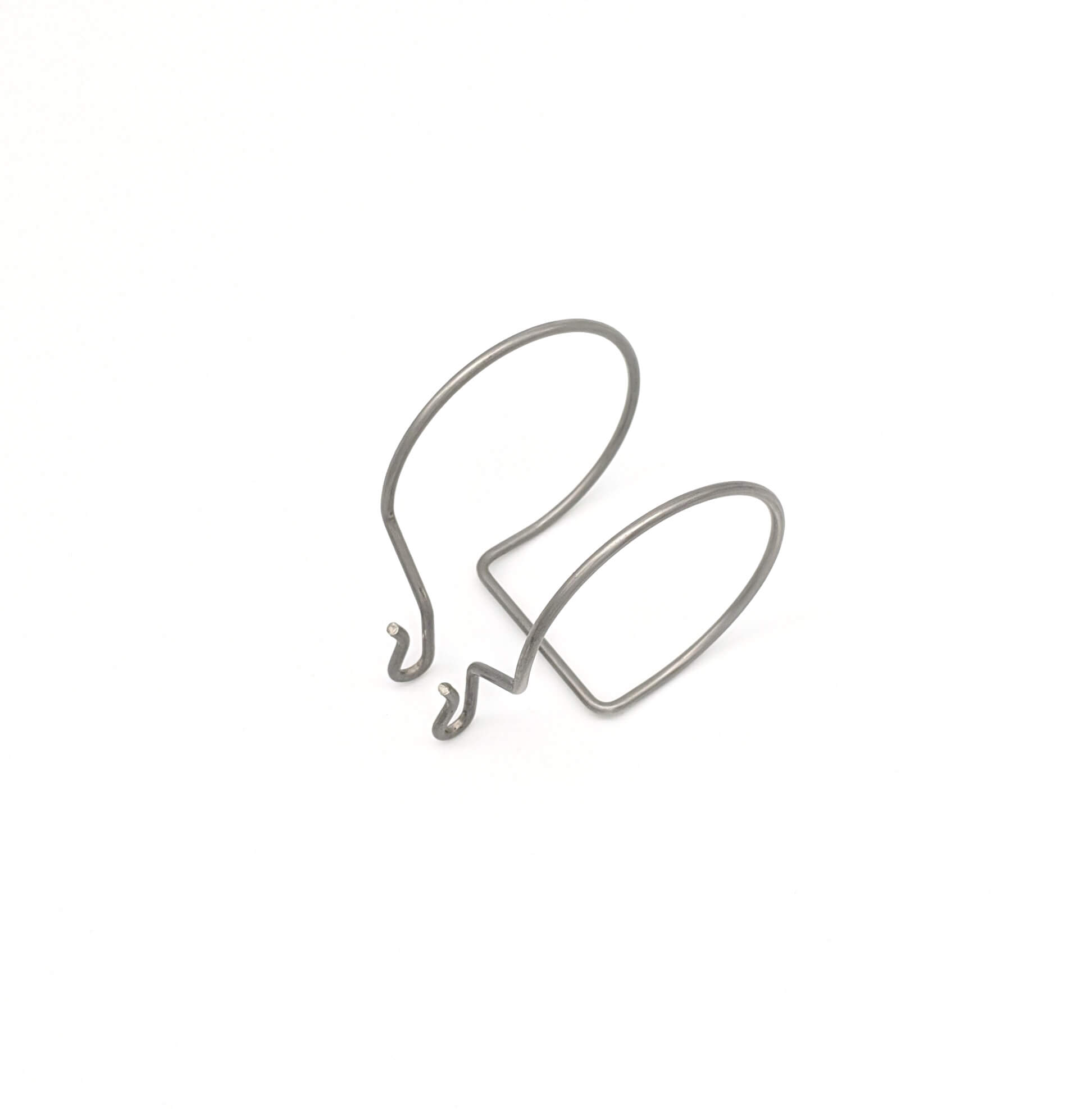Get unique, complex parts easily. No matter your requirements, Chaoyi Spring creates hard-to-produce coil springs and wire forms.
Let us help you create the custom wire form you need, from S-hooks and J-hooks to utility hooks and more.
We work closely with customers across a wide range of industries, helping them design and manufacture made-to-order parts.
Why choose Chaoyi Spring? We prioritize customer-focused collaboration, modern equipment and the latest technology to make your parts per print.
Find the information and guidance you need, from measuring a spring to learning about materials, placing an order and much more.
Working on brakes is a crucial aspect of car maintenance, and understanding how to compress brake springs is essential. This guide will delve into the intricacies of using a brake


Working on brakes is a crucial aspect of car maintenance, and understanding how to compress brake springs is essential. This guide will delve into the intricacies of using a brake spring compression tool, providing you with the knowledge and techniques to safely and efficiently handle this task. We'll cover the essential tools, safety precautions, and step-by-step procedures for compressing various types of brake springs, equipping you with the confidence to tackle this project like a pro.

Brake springs play a vital role in ensuring the smooth and reliable operation of your vehicle's braking system. They are responsible for returning brake shoes or pads to their resting position after each application of the brakes. Without these springs, the brakes would remain engaged, causing potential damage and compromising your safety. Compressing brake springs is a necessary step when replacing brake shoes or pads, allowing you to gain access to the components for removal and installation.
Attempting to compress brake springs manually can be a dangerous endeavor. These springs are designed to withstand immense forces, and trying to manipulate them without the proper tools could result in serious injury. A brake spring compression tool is specifically designed to safely and efficiently compress these springs, providing you with a controlled and secure environment for the task.
Brake spring compression tools come in various designs, each tailored to specific types of brake springs. Common types include:
The choice of tool depends on the specific brake spring you are working with. It's always a good idea to consult your vehicle's repair manual or a reputable mechanic to determine the most appropriate tool for your application.
Safety should always be your top priority when working with brake springs. Here are some essential precautions to keep in mind:
Now, let's walk through the process of compressing brake springs using a compression tool. Remember to always refer to your vehicle's repair manual for specific instructions and diagrams.
To ensure the longevity and performance of your brake springs, follow these maintenance tips:
Compressing brake springs is a crucial task for maintaining your vehicle's braking system. By understanding the proper techniques, safety precautions, and using the appropriate tools, you can confidently handle this task yourself. Remember to always prioritize safety, use quality tools, and refer to your vehicle's repair manual for specific instructions. With the knowledge and guidance provided in this guide, you can master the art of brake spring compression and ensure the safety and performance of your vehicle's brakes.
Mastering brake spring compression is a valuable skill for any car enthusiast or DIY mechanic. By adhering to safety precautions, using the correct tools, and following the steps outlined in this guide, you can effectively compress brake springs, ensuring the optimal functionality of your vehicle's braking system. Remember, safety is paramount, and if you have any doubts, consult a qualified mechanic for assistance. With the right knowledge and techniques, you can confidently tackle this essential automotive task.
Browse some of the custom wire forms and springs that we manufacture. Don’t see what you need? We specialize in made-to-order products that meet your application requirements.
Visit Our GalleryNeed a custom wire form or coil spring? We make it work. Fill out the contact form and a representative will respond within 1 business day. If you have a PDF or CAD file, you can submit to request a quote.